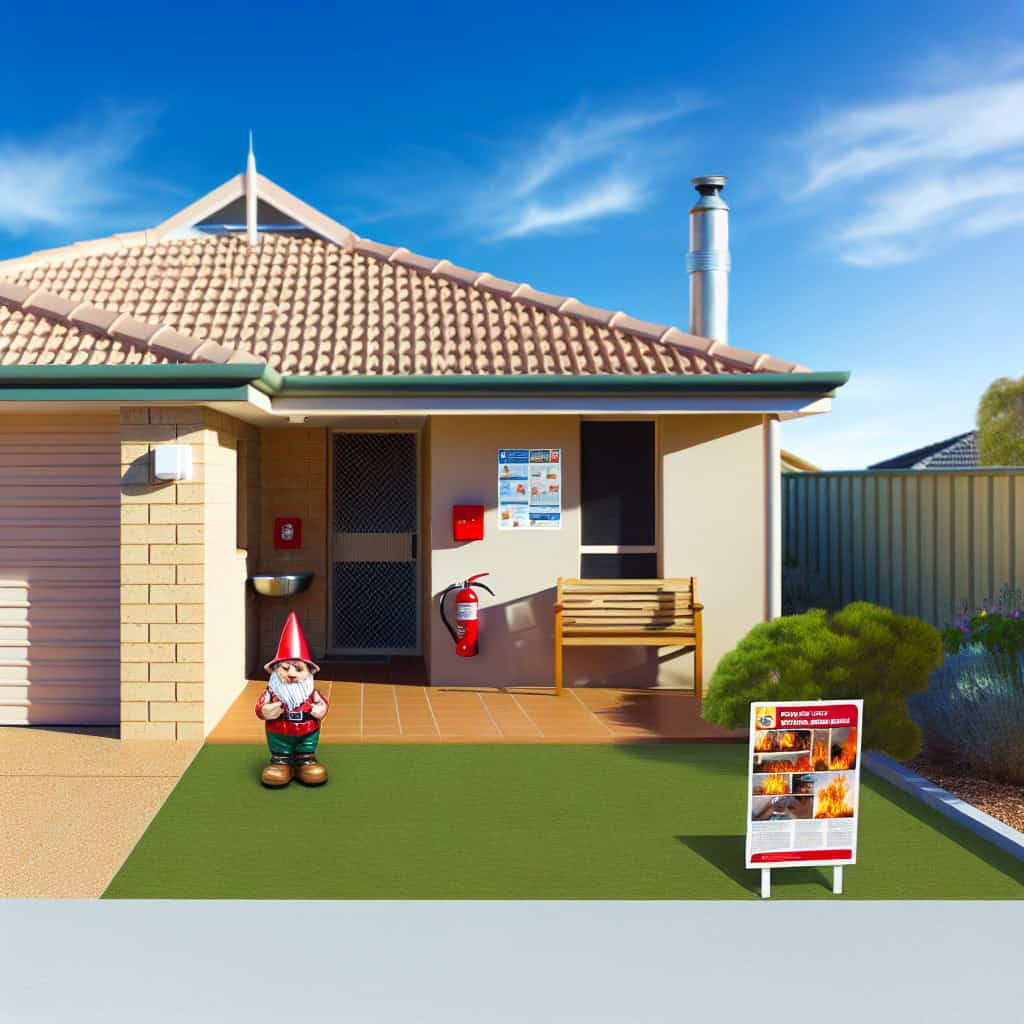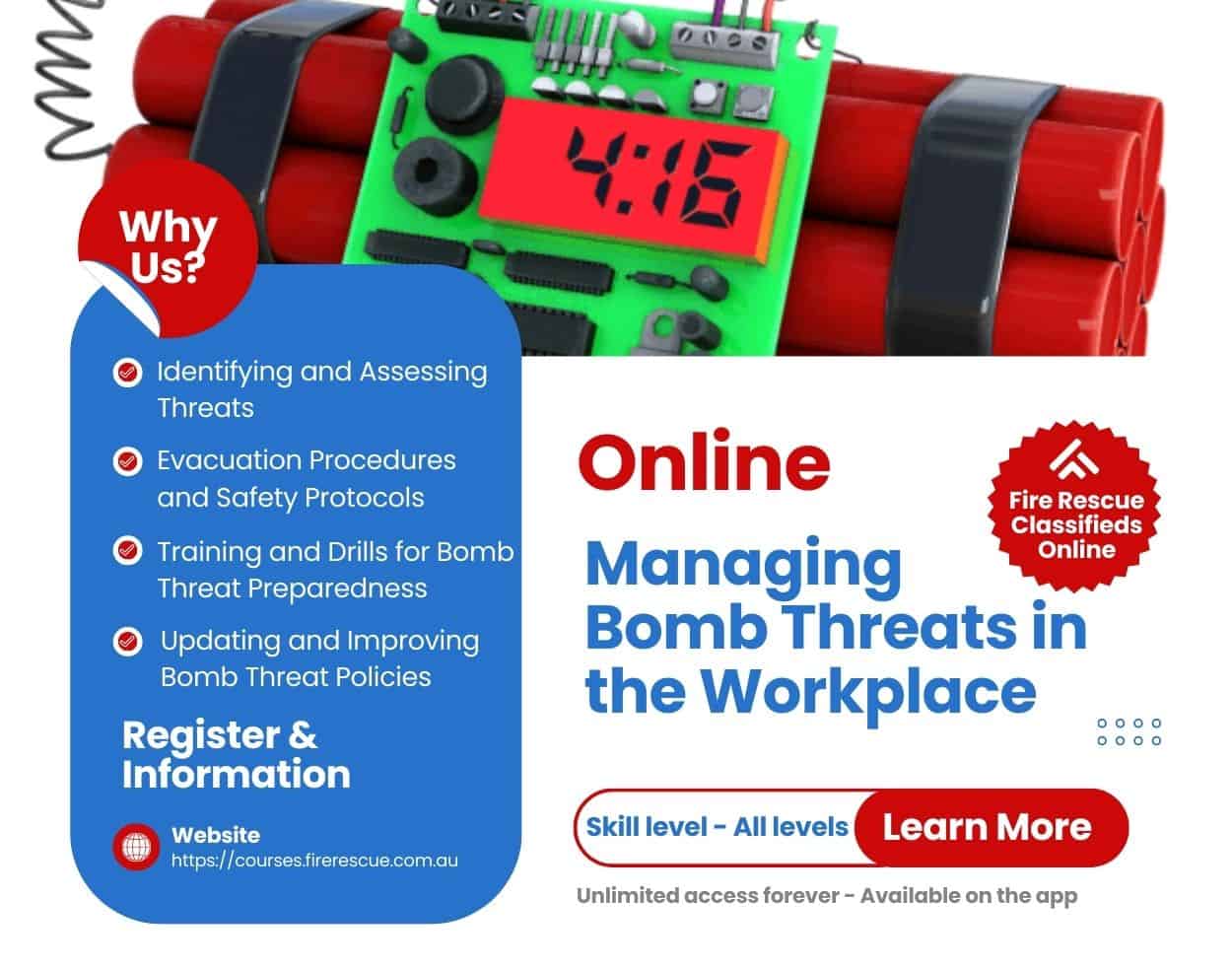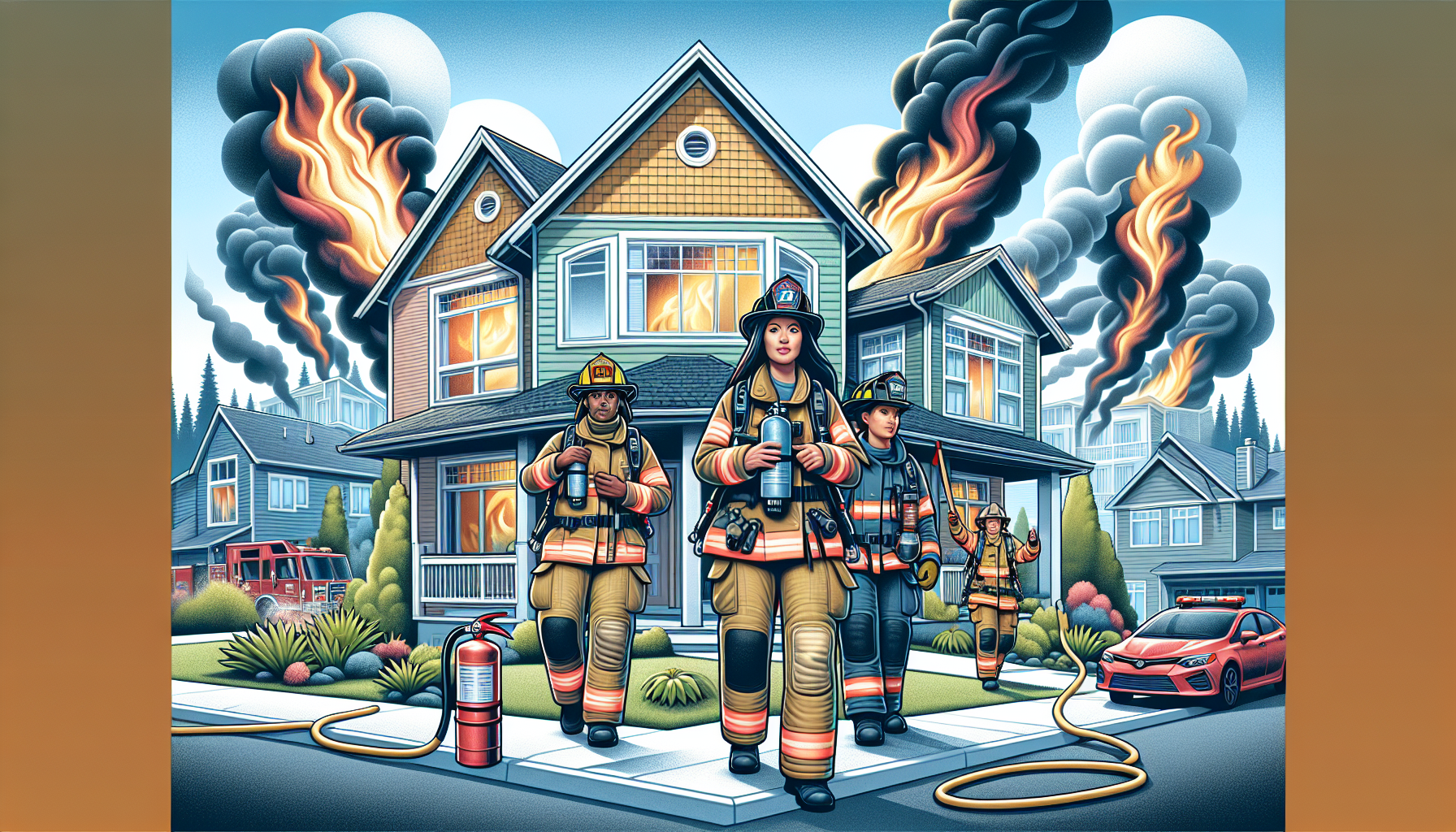Hi, friends! Let’s chat about something super important—fire safety. I know it might seem kinda boring, but protecting your family, pets, and home from fires is a big deal. Whether you live in the dry Outback, a busy city apartment, or in a suburban area with lots of trees, fire safety is really important in Australian homes. Especially since our weather can be hot and dry, which makes bushfires a big worry.
So, grab a drink, get comfy, and let me share some cool tips to keep your home safe from fires. By the end, you’ll be the neighborhood fire safety expert!
Understanding Fire Risks in Australia
Fires in Australia are serious business. Our beautiful country’s hot weather and changing seasons create some tough challenges, unlike places with lots of rain, like England!
The Role of Climate and Bushfire Seasons
Australia’s hot and dry seasons, mixed with strong winds, make it easy for fires to spread. If you live in places like New South Wales, Victoria, or Queensland, you probably know about the summer bushfire warnings. And even if you’re far from a national park, embers from a bushfire can still reach your backyard.
Common Causes of House Fires
Fires aren’t just a problem outside. There are quite a few things inside your home that can cause fires:
- Electrical faults: These can cause many house fires.
- Cooking accidents: Burning your dinner is one thing; let’s not burn down the house!
- Heating appliances: Candles, space heaters, and fireplaces are cozy but can be risky if not used correctly.
- Smoking indoors: If you smoke, it’s best to do it outside.
Now that we’ve spotted the culprits, let’s look at how to stop these fires before they start.
Fire Prevention Tips for Australian Homes
People say it’s better to prevent problems than fix them later, and this is definitely true with fire safety. Here’s how to keep your home and the people (and pets!) in it safe from fires.
Electrical Safety
Appliances can cause trouble if you’re not careful:
- Check wires and plugs for wear and tear regularly. Look at that old toaster from college and make sure it’s safe.
- Don’t overload power boards because they can overheat.
- Get surge protectors. They protect your electrical stuff like helmets protect your head.
Kitchen Safety
The Aussie kitchen is great for family time and cooking up a storm, but it’s also where many accidents happen:
- Never leave cooking unattended. That frying pan won’t put out its own fire!
- Keep things like tea towels and paper towels away from the stove.
- Have a fire extinguisher or fire blanket in the kitchen. And make sure you know how to use them! Remember, a fire blanket isn’t the same as a picnic rug.
Heating Safety
It might not be super cold in Australia, but we still like to stay warm. Be careful with heaters and fireplaces:
- Keep flammable things like curtains, pet beds, and clothing at least a meter away from heaters.
- Clean chimneys and fireplaces regularly—Santa shouldn’t be the only thing fitting in there!
- Use a fire screen for open fireplaces to stop embers from flying out.
Smoking and Candle Safety
Keep your home safe by not treating it like an ashtray:
- Put out cigarettes and candles completely before leaving them.
- Use sturdy, stable candle holders—the kind that doesn’t wobble around.
- Even better, use flameless candles for the same warm glow without the worry.
Bushfire Preparation
If you live in areas where bushfires are a risk, take these extra steps outside:
- Clean gutters from things that can catch fire, like leaves and twigs.
- Store wood and flammable stuff away from your house.
- Create a safe space around your home by keeping a buffer zone clear.
Installing and Maintaining Essential Fire Safety Equipment
We’ve talked about stopping fires before they start, but it’s important to have life-saving tools ready because you can’t prevent every fire.
Smoke Alarms: Your First Line of Defense
It’s already 2023—every home should have smoke alarms:
- Install alarms in important spots like bedrooms, hallways, and living spaces.
- Test alarms every month to make sure they’re working.
- Change the batteries every year and replace the alarm every 10 years.
Fire Extinguishers and Fire Blankets
Think of these as handy tools for fire safety. Keep them in easy-to-reach spots like the kitchen or garage, and learn how to use them. Remember the PASS method if you need to use a fire extinguisher:
- Pull the pin.
- Aim low at the base of the fire.
- Squeeze the handle or lever.
- Sweep the nozzle from side to side.
Also, don’t let your fire extinguishers get dusty—have them checked regularly.
Fire Sprinkler Systems
These might seem fancy but can stop a fire fast. Consider getting one if you live in a high-risk area or want some extra peace of mind.
Creating a Fire Escape Plan for Your Family
We’ve talked about prevention and equipment, but what if a fire does start? You need an emergency escape plan that’s more than just yelling, “EVERYONE OUT!”
Planning Your Escape
- Find two ways out of every room, like a door and a window.
- Decide on a safe meeting place outside, like near a big tree or the end of the driveway.
Now you’ve got some great tips to keep your family and home safe from fires. Stay safe, and remember to keep an eye out for fire hazards around the home!




